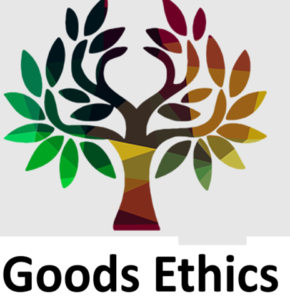Definition of Ethics Management Ethics Management, when done correctly, is a comprehensive program that continuously improves underlying ethics processes (thinking and behavior patterns), not just...
Category: Ethics
What Can You Do Despite my being a supporter of marriage equality, it is vitally important in the long run for there to be resistance to it. I would say that for any social change issue, we need to...
Systems diplomacy: is this the end of social entrepreneurship?
Introduction Last week I wrote a short post titled Now Hiring: Systems Diplomats and had a most surprising reaction. My niche little blog with its humble readership suddenly swelled, at least...
The Importance of Competency It is a basic ethical standard in most professions and industries for one to operate within their field of competence. This is true in law, medicine, psychotherapy,...
Engineering Ethics Every profession has ethics that guides its members. Engineering as a profession has its ethics that are laid down rules to protect engineers and the public at large. One cannot...
Engineering Ethics – Section 5 Lawrence Kohlberg was an educator at Harvard University during the mid 1970s and was popular for his chips away at formative brain science. He directed numerous...
